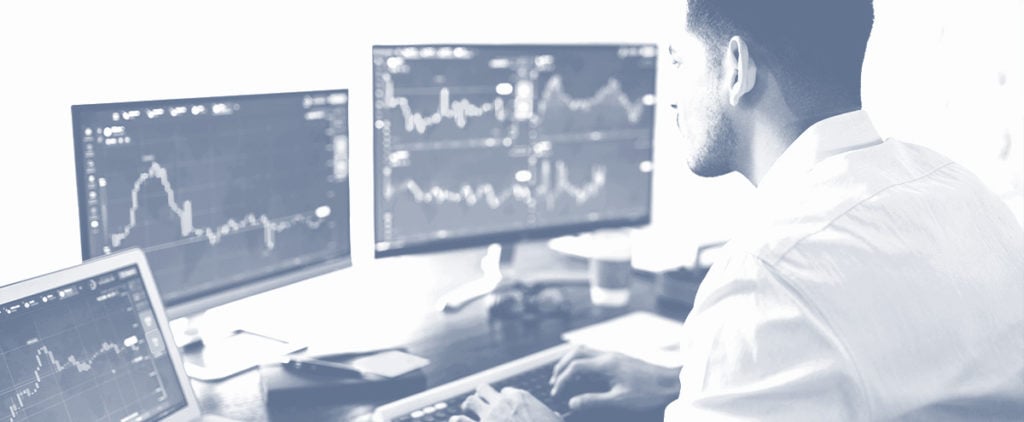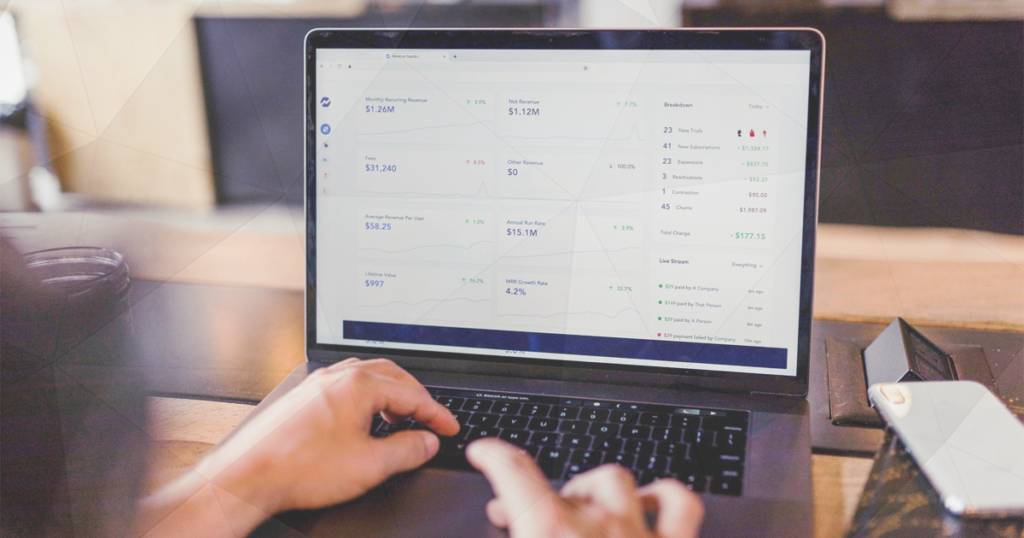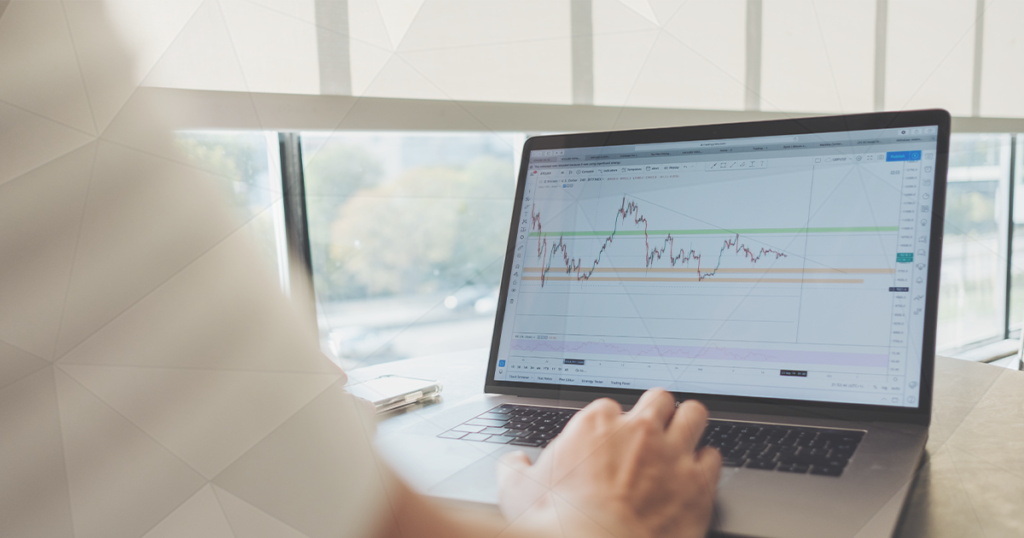Step-by-Step Guide: How to Become a Day Trader with $100

Most new and inexperienced traders would like to start trading with a small trading account, and brokers have carefully listened.
Most brokers have lifted their minimum deposit requirements, which means that you can start trading with a live trading account with as little as $100.
Trading on limited funds has both its advantages and drawbacks. In this article, we’ve tried to cover the most important ones, as well as provide some helpful tips to responsibly trade with a small trading account.
Is Day Trading on a Limited Budget Possible?
Day trading is a fast-paced trading style that involves opening and closing trades within the same trading day. This means that day traders usually have tighter stops than their swing trading peers, allowing them to actively trade their accounts even on a limited budget.
Most brokers don’t have minimum deposit requirements nowadays, which is another reason why so many traders are attracted to get their feet wet in the markets. With some brokers, you can deposit as little as $10 into your account and start trading, while others have relatively low deposit requirements, such as $100 or $200.
However, trading with a small account also has its drawbacks, as you risk overtrading your account to reach any meaningful profits. With the high leverage ratios offered by retail brokers, day traders can take advantage of small price movements even with a small account.
Read:
- How Do Forex Brokers Make Their Money?
- Secret Practices to Watch out for with Your Broker
- Free Course: Breaking Down Trading Costs
Nevertheless, we’ll soon explain why it might be not a good idea to go all-in with a small account. In the mentioned example, your entire trading account would be used as the margin for your trade, which means that you would receive a margin call in case your position goes against you even slightly.
Pros of Starting with a Small Account
Opening a live trading account has some important advantages for new traders. Here are some of the most notable:
-
Getting acquainted with your trading platform
Opening a live trading account with just $100 helps you get acquainted with your trading platform and with the basics of trading. Although this can also be achieved by trading on a demo account, the main drawback of demo trading is the absence of emotions.
For most people, losing $10 on a live account hurts more than losing the same amount of money on a demo account. As a result, traders who trade on a small live account are much more connected with their trading decisions, which in turn helps them create trading rules and become better traders.
-
Gaining valuable live experience
A live trading account is our window to the markets. Although you should start trading with a demo account first to understand how your platform works and how to place buy and sell orders, you should switch to a small live account as soon as you feel ready.
With a $100 account, your goal isn’t to make a living but to understand your emotions and practice how to control them. That’s the true benefit of a small trading account.
-
Practicing risk management
Besides getting your feet wet with live trading, a small trading account also helps you practice and enforce risk management rules. Try to develop a set of rules that define your trading risks on a small account, like the maximum amount you’re going to risk on any single trade, your reward-to-risk ratios, and levels where you want to exit your trades manually.
Risk management is key to successful trading and consistent profits. At My Trading Skills, we’ve created a detailed Trading for Beginners Course that will teach you exactly that. As well as introduce other useful tools to responsibly trade your trading account, regardless of its size.
-
Testing new trading strategies
Many full-time traders open a separate small live account to test a new trading strategy they want to add to their toolbox. Having a separate account to test new strategies has many advantages, as it allows you to track the performance of your strategy without the interference of other trades.
A separate trading account also comes with a separate trading journal, so you can quickly check what part of the strategy needs to be modified in order to improve its profitability.
Similar to testing new trading strategies, small trading accounts can also help you to fine-tune existing strategies. You can focus on a strategy that you’re already using on your main trading account and check where the strategy needs improvements.
- Take our free course: Understanding Brokers
- Take our free course: Get to Grips with Trading Costs
- Take our free course: Margin Trading
- Take our free course: Margin Trading Products
- Take our premium course: Trading for Beginners
Cons of Trading on a Limited Budget
Besides the mentioned advantages of small trading accounts, there are also some limitations and disadvantages and limitations that you need to be aware of, especially if this is your main trading account.
-
Risk of overtrading and overleveraging
One of the main risks of trading with a $100 trading account is overtrading and overleveraging. In order to make any meaningful profits on a small trading account, new traders usually overtrade the market, take unconfirmed trade setups, and increase their leverage.
Unfortunately, this approach is usually followed by large trading losses and blowing the entire account. They increase their risk-per-trade significantly, and the high leverage used magnifies not only their profits but also their losses.
That’s another reason why small trading accounts shouldn’t be used to make large profits in the market. If you’re able to grow your $100 account to $200 over a period of a few months, that’s still an outstanding performance and you can look to deposit additional funds to your account. However, if your goal is to make $10,000 starting with $100 over one month, you’ll likely end up losing your entire account.
-
Trading opportunities
When trading with a small trading account, the number of trading opportunities you’re able to trade is not as large as with a bigger trading account. The reason? Your available free margin.
While some brokers offer a leverage ratio of 500:1 for forex trading, most brokers still cap their leverage to around 100:1. And if you’re trading with an EU-based broker, chances are that your maximum leverage will be around 30:1 due to European regulations.
In other words, if you’re opening a position on USD/CHF with a 20 pips stop-loss and you don’t want to risk more than $2-3 on that trade, your total position size has to be around $1,000. With a $100 trading account and a 30:1 leverage, your margin for that trade will equal to around $33, leaving you with a free margin of around $67 that can be used for other trading opportunities.
This is another reason why small trading accounts should be used to practice trading and risk management instead of looking for large profits.
-
Risk of margin calls
Closely related to the previous point, inexperienced traders who trade with small trading accounts and overtrade increase the risk of receiving a margin call. A margin call happens when your free margin drops below zero (or your margin level falls below 50%, depending on your broker), and all of your open trades will get automatically closed at the current market rate.
You May Like: Forex Money Management Tips for Beginners
How to Get Started Trading with $100
Now that you know the main advantages and disadvantages of getting started with a small trading account, let’s cover some tips on how to responsibly trade with limited funds with a goal of growing your account.
1. Look for high-probability trade setups
Remember one of the disadvantages of trading small accounts, which is that you have to keep a close eye on your free margin to prevent margin calls. This means that trading average trade setups is out of the question. Instead, look only for high-probability setups to increase your winning odds. There is not much room for mistakes when trading a $100 account.
High-probability trade setups should be setups that meet all of your strategy’s strict rules. Ideally, you get multiple confirmations for taking a trade, e.g. the longer-term trend aligns with the shorter-term trend, market news supports your trade, and the price breaks and holds above or below important technical levels. Of course, the exact rules depend on your strategy.
2. Don’t place your stops too tight
Tighter stops allow for larger position sizes, which in turn increase your potential profits if you’re right, or losses if you’re wrong. Traders who trade with small accounts tend to place their stops too close to their entry price in order to increase their position size.
A $5 profit on a $100 account is still a whopping 5%, keep that in mind. That’s like making $5,000 on a $100,000 account. However, if you place your stops too tight, you risk that you get stopped out of your trades too quickly. Discover more about how to trade with stop losses.
3. Don’t shoot for high reward-to-risk ratios
It’s easy to fall into the trap of increasing the reward-to-risk ratios for your trades when trading on small accounts because your potential profits are simply quite small. Imagine risking 2% on a $100 account and aiming for a 2:1 R/R trade. If your take-profits gets triggered, you’ll make $4 with a $2 risk.
For most traders, a $4 profit is not very attractive, but that’s what you get with a small trading account. Shooting for a 10:1 reward-to-risk would represent a potential $20 profit with a $2 risk, but the chance of the market hitting your take-profit becomes significantly smaller.
4. Manage your trades actively
With small trading accounts, there isn’t much room for mistakes. To squeeze the most profits out of the markets, you need to actively manage your trades and avoid winners turning into losing trades.
You could create a set of rules that define when you’ll exit a profitable trade before your take-profit gets hit. Here are some rules to consider:
a) Exiting a winning trade when the 15-min timeframe breaks the underlying uptrend or downtrend.
b) Exiting a trade when the market makes a fresh higher high or lower low.
c) Exiting a trade before the end of the trading day (in case you’re day trading)
d) Exiting a trade ahead of important market reports
e) Exiting a trade when the underlying uptrend or downtrend looks exhausted or overextended
A Must Do (Free) Course: How Traders Interact with the Market
5. Follow your trading plan
Day trading with little money should help you define and stick to your trading plan, so you’re prepared once you start trading with larger accounts. A trading plan represents the bigger picture of your trading approach and can include your trading strategy, the markets you’re going to trade, risk management rules, the time of the day you plan trading, and any other things that you consider important.
Following a trading plan is very important when day trading with small funds. All of your trading decisions should be well-defined before even placing your first trade.
6. Review your trades
Reviewing your trades will help you become a better trader. This is possibly one of the most important rules when trading with small accounts, as it helps you identify your trading mistakes, your setups that went well, prices where you could add to your position size, or levels where you should exit your trades before your stop-loss got hit.
You should review your trades on a regular basis, such as by the end of each trading day, over the weekend, or at least once a month. The more you review your trades, the better you’ll become as a trader.
Science has already discovered that our brain doesn’t make a difference between doing something and thinking about doing something. As you go over your trades over and over again, you’ll gain experience and learn what setups to look for in the markets.
7. Grow your account responsibly
As mentioned earlier, growing a small trading account can be mentally hard as the potential profits are quite small in absolute terms. That’s why you need to think about your profits in percentage terms: Making $20 with a $100 account is an astounding 20% return. Remember, your goal isn’t to become rich trading a $100 account, but to learn the best trading practices before trading larger accounts.
If you have the funds, you can make a deposit to your trading account equal to your weekly profits. For example, if you’ve made $20 over the first week, deposit another $20 to your account to support your capital growth.
Final Words
Trading with a $100 trading account can be both exciting and insightful. For the majority of new traders, small trading accounts will be their first taste of the financial markets. And if they approach their account right, it can be a fruitful and insightful experience.
Try to avoid the common mistakes of traders with small trading accounts, such as overtrading and overleveraging. It can be tempting to increase your position sizes and risk levels on small accounts in order to maximize your profits, but that’s not how small trading accounts should be used.
Instead, try to create a balanced trading plan, develop your risk management rules, and use your account to regularly review your trades in order to improve your performance.
Get Started learning how to trade the markets with myself Head Tutor Philip Konchar on the Trading for Beginners Course. Let’s achieve together.





